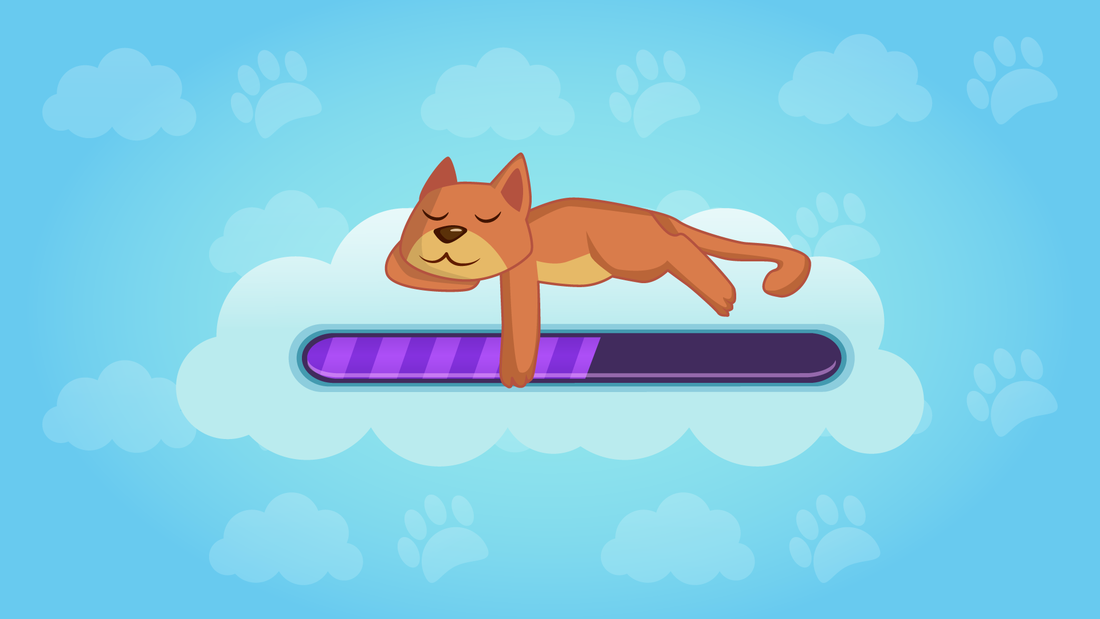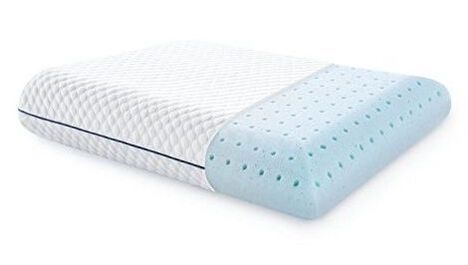|
SEARCH My Blog (Opens in new tab)
The perfect pillow has these three qualitiesSomething we don't do often enough is to experiment with pillows and pillow positions. Read what experts say about choosing the right pillow. Use of the wrong type of pillow will lower the quality of our sleep. That's bad for our long-term health. There's a reason we are programmed to spend a third of our life sleeping. During sleep:
Chronic sleep deprivation impairs our attentiveness, coordination and reaction time. It also increases the risk of obesity, high blood pressure, heart attack, diabetes and depression. Will you sleep better with or without a pillow?That depends on which way you like to sleep. Back and stomach sleepers often find it better without a pillow since they have less obvious pressure points. Our body is generally flattest when sleeping on our back. If you find it comfortable to sleep without a pillow, then do so. If you sleep on your side, it is better with a pillow because it keeps our spine straight. And, as you'll see later, it is not just whether you need a pillow or no pillow, but also the type of pillow. Research has isolated the three most important qualities of a pillow that will help you sleep. The reason that we humans like pillows is that sleeping in some positions without a pillow leads to neck pain. Or, as the scientists say: "The main role of a pillow during sleep is to support the cervical spine in a neutral position, which prevents loss of cervical spine curvature and waking cervical symptoms by minimising end-range positioning of the spinal segments." For some reason, which is a mystery to me, other animals don't have this problem - they just organise themselves flat on the ground. Although, my lizard much prefers to sleep not flat but with his neck and head on a rising angle, such as resting on a rock! I like to go to sleep on my back, and then I find myself often rolling more to my side during the night. Ironically, if we are sleeping well, we don't remember in which position we best slept. Best for sleeping on your backIf you sleep on your back, choose a rounded ridged pillow to support the natural curve of your neck, with a flatter section to cushion your head. That's why high-quality pillows offer that exact shape. I've seen people puzzling over whether to have the higher ridge or the lower ridge under their neck. These types of pillows are designed for the higher ridge to go under your neck. But the real answer is, whatever helps you sleep better and leaves your neck pain-free. Sleeping on your side requires a good pillow, probably not with feathersIf you sleep on your side, you need to keep your spine straight to avoid morning pain and stiffness. The same dual-ridge pillow which is good for back-sleepers also works for side-sleepers. When you are on your side, the higher ridge fits under your neck and the flatter ridge under your head. This support aligns your spine. Some experts do not recommend feather or down pillows for side-sleepers. They say that a side-sleeper is best with a thicker pillow that keeps their head and neck in a more natural position. Feather pillows will also collapse over time, and need to be replaced every year or so. Another option is a traditionally shaped pillow with a thinner medium density "memory foam" pillow that conforms to the contour of our head and neck. Avoid using too high or stiff a pillow which keeps the neck flexed overnight - potentially resulting in morning pain and stiffness. For side-sleepers, the crucial thing is to avoid is a pillow that holds your neck up higher than the rest of your spine. Sleeping on your stomach - a pillow under your pelvisSleeping on our stomach is tough on our spine, because the back is arched and our neck is turned to the side. If you can't sleep any other way, reduce the strain on your back by placing a pillow under your pelvis and lower abdomen, says Mayo Clinic. Use a soft, thin pillow under your head (if it doesn't put too much pressure on your back). If it does cause strain, try sleeping without a pillow under your head. Experimenting before you buyIf you are unsure of what style of pillow to buy, you can experiment simply by folding or rolling a towel in different ways to support your neck. Fit it under the pillowcase so that it does not move during the night. If you have a soft pillow at the moment, try tucking a small neck roll into the pillowcase or add size to the neck roll with towels, as suggested above. You are looking to find the right height to support your neck in your preferred sleep positions comfortably. When you find that height, make a note of it and search online or go to an expert pillow retailer. Three critical characteristics of a perfect pillow - researchSleep scientists identified three crucial characteristics of a perfect pillow to reduce neck pain. One might surprise you. You won't be surprised to know that neck support is one of the critical requirements of a perfect pillow. Cooling pillows Ever flipped your pillow to the cold side? A critical characteristic of a suitable pillow is a reduction of the temperature of our head and core during nighttime sleep. This coolness settles our sympathetic nervous system. It remains less excited with a cool pillow, which is essential for deep sleep. A cooling pillow is constructed to draw heat away from our body and to increase airflow - to prevent heat retention. The materials used in the pillow cover are often moisture-wicking and breathable. Pillow comfort In addition to neck support and temperature control, pillow comfort is another critical characteristic of a suitable pillow. Researchers suggest firm support, as discussed earlier. A cool, comfortable, not too soft pillowA cool, comfortable pillow with adequate support for your neck and spine is most likely to give you the best sleep (and neck pain relief). Related: (Forbes) The Best Pillows For Neck Pain In 2020, According To Glowing Online Reviews 12 Best Cooling Pillows to Buy in 2020, According to Reviews (Prevention.com) > More posts to help you with EXERCISES > More posts to help you with DIABETES > If you are a @MEDIUM reader my publication Body Age Buster has hundreds of categorised posts which I have written especially for men and women over 50. Follow me on Quora for more health and fitness tips.
If you valued this article >> Follow me Leave a comment >> Share it >> Stay healthy If you have any questions email me and I will get back to you. Latest: get your free customised fitness plan designed uniquely for you.
|
ChoicesSince I was diagnosed at 50 with Type 2 diabetes I've been learning how to do bone-building fitness training which lowers my age. You can too. It's your choice. Walter Categories
All
Archives
May 2023
|


 RSS Feed
RSS Feed 


